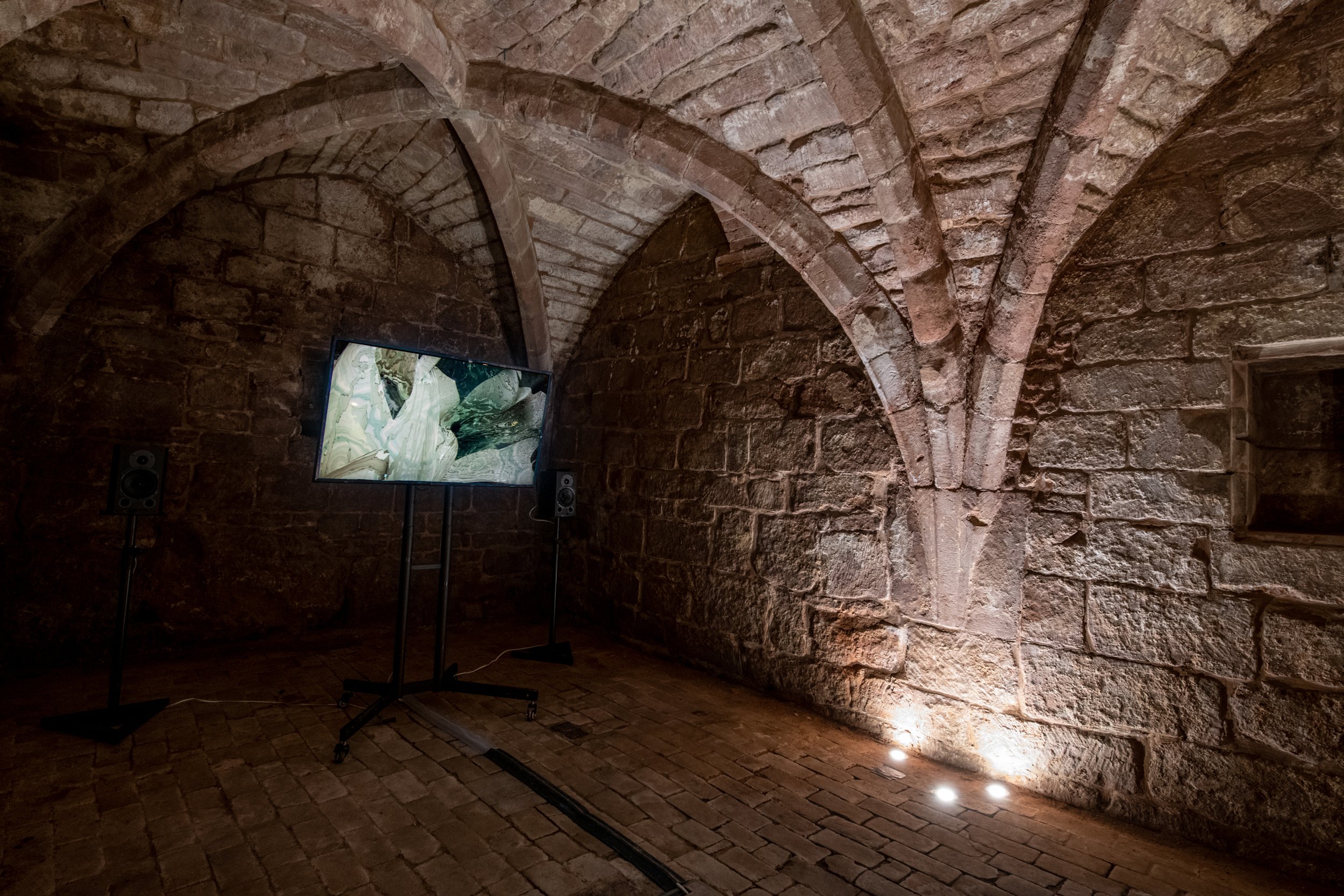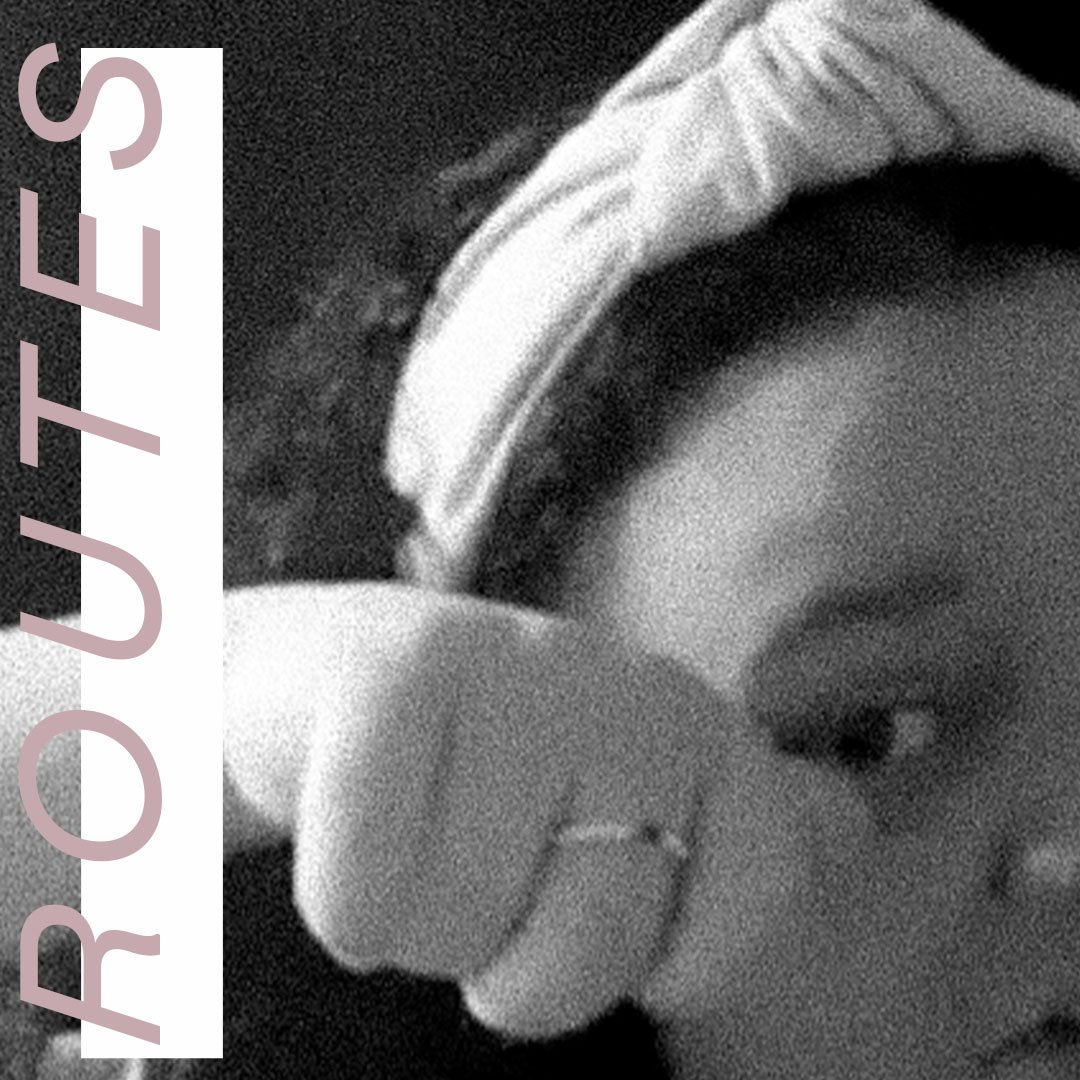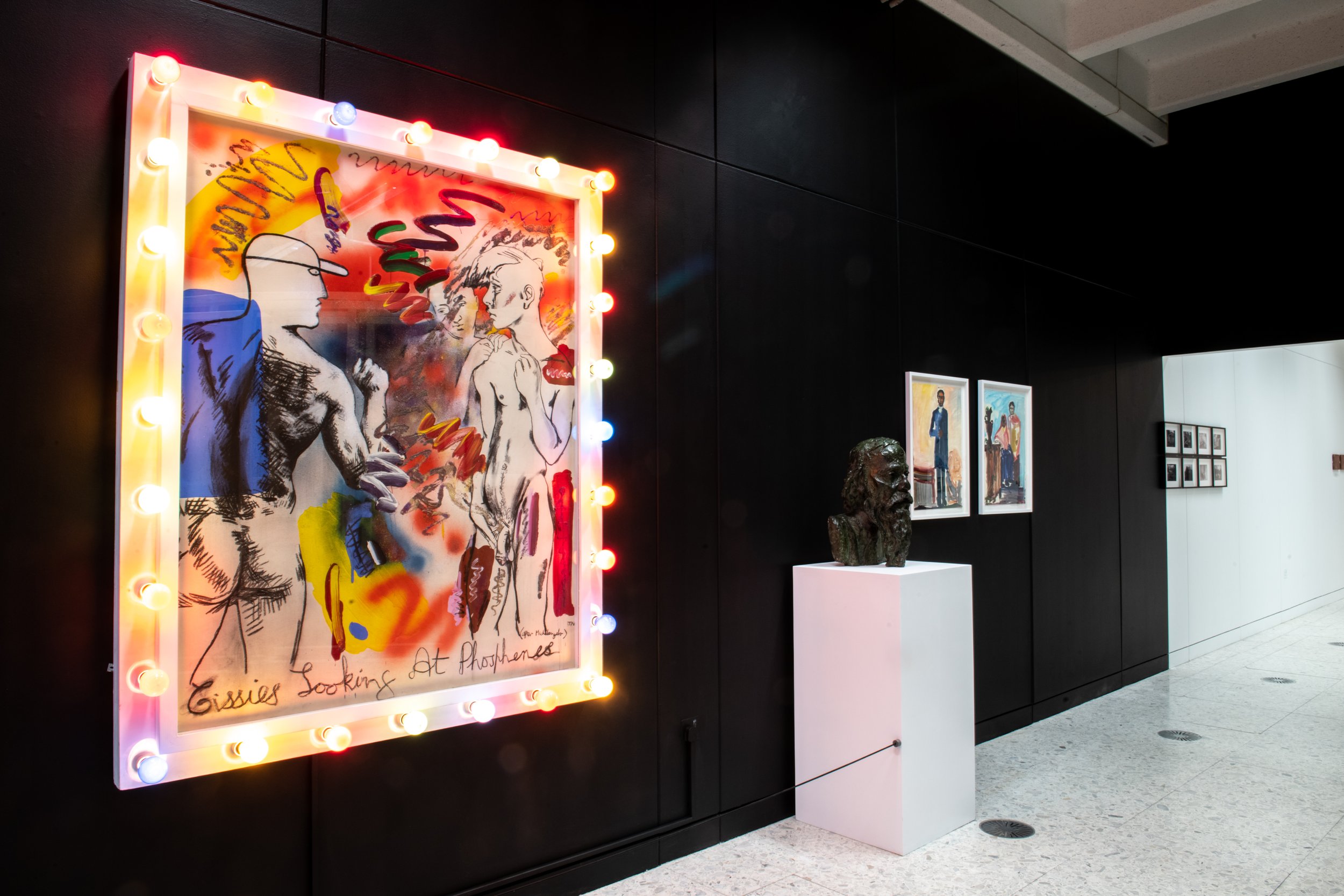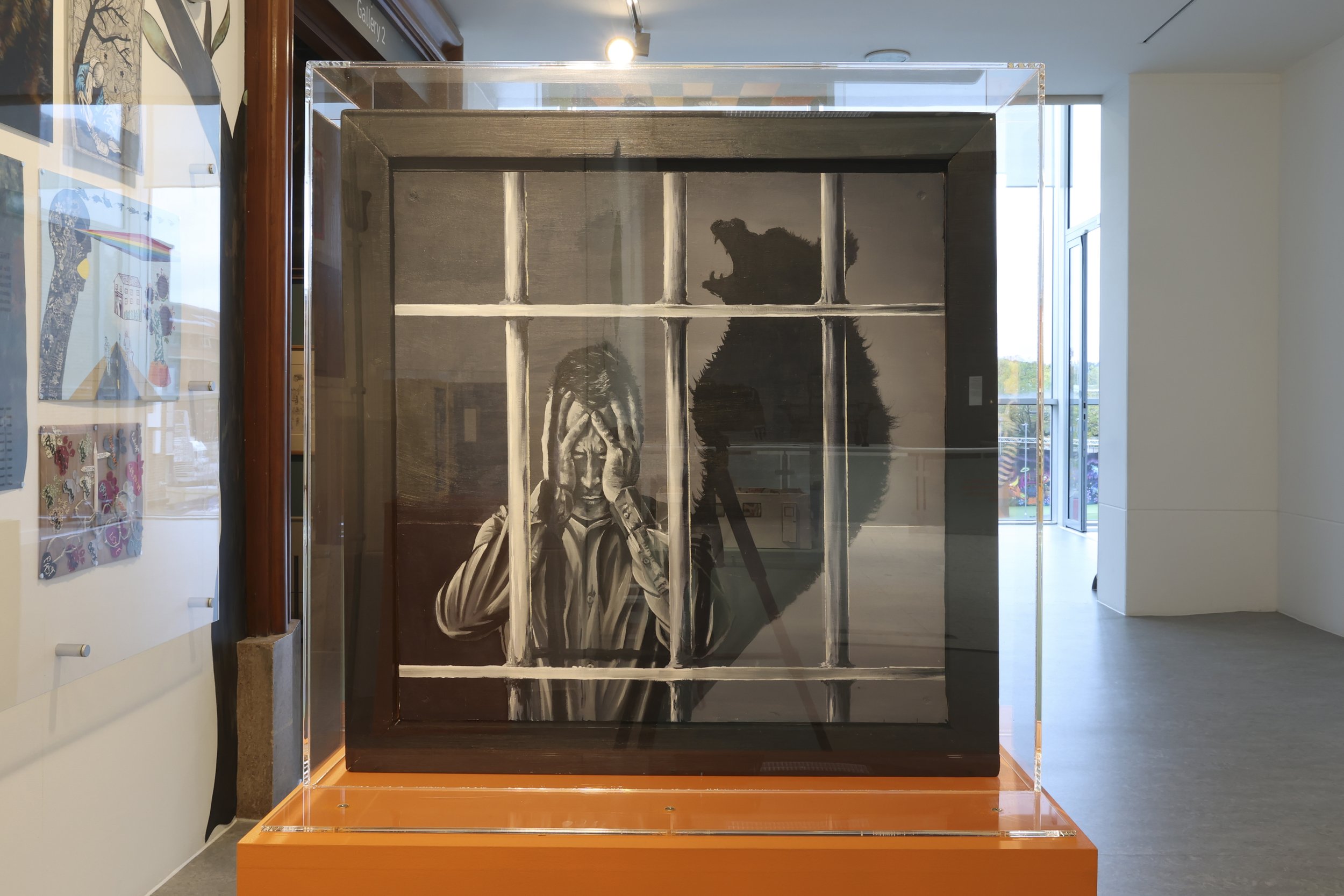
Coventry Biennial 2021: HYPER-POSSIBLE
Herbert Art Gallery & Museum
8 October 2021 - 6 February 2022
Coventry Biennial returned to Herbert Art Gallery & Museum to present a significant group exhibition of newly commissioned projects and artworks from studios and galleries, as well as local and national collections.
The third Coventry Biennial was called HYPER-POSSIBLE, in a reference to the radical nature of Coventry’s history, whilst also signifying a positive way forward following a deeply difficult 2020 and start to 2021. HYPER-POSSIBLE unfolded over 7 exhibition venues across Coventry and Warwickshire.
HYPER-POSSIBLE takes three moments from the city’s recent (art) history as starting points. From these, local, national and international artists have developed artworks that imagine radical futures: enable new forms of knowledge production, reflect on our relationships to the places that we live, explore the social and political impacts of our identities and the impacts that human activity is having on the planet.
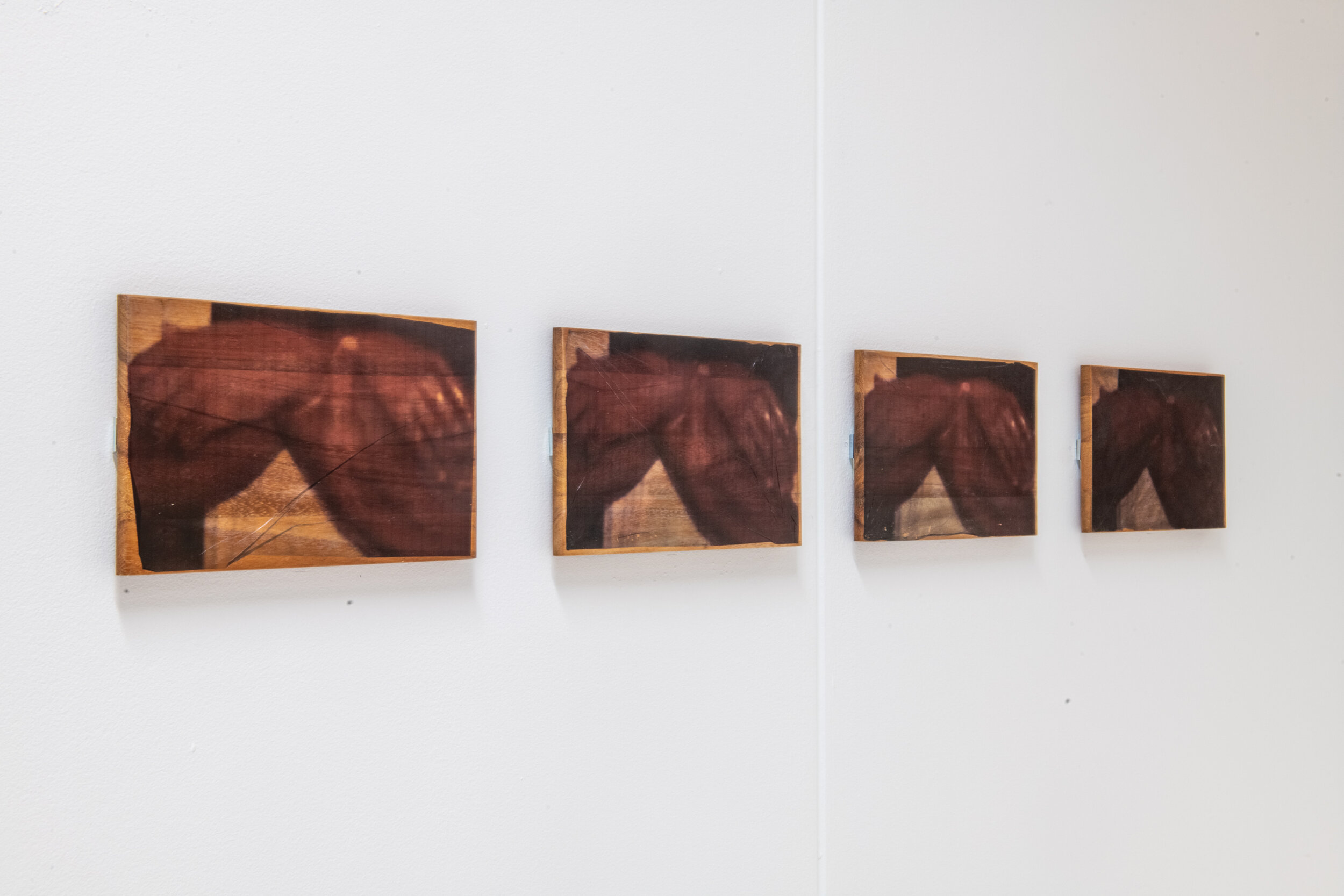

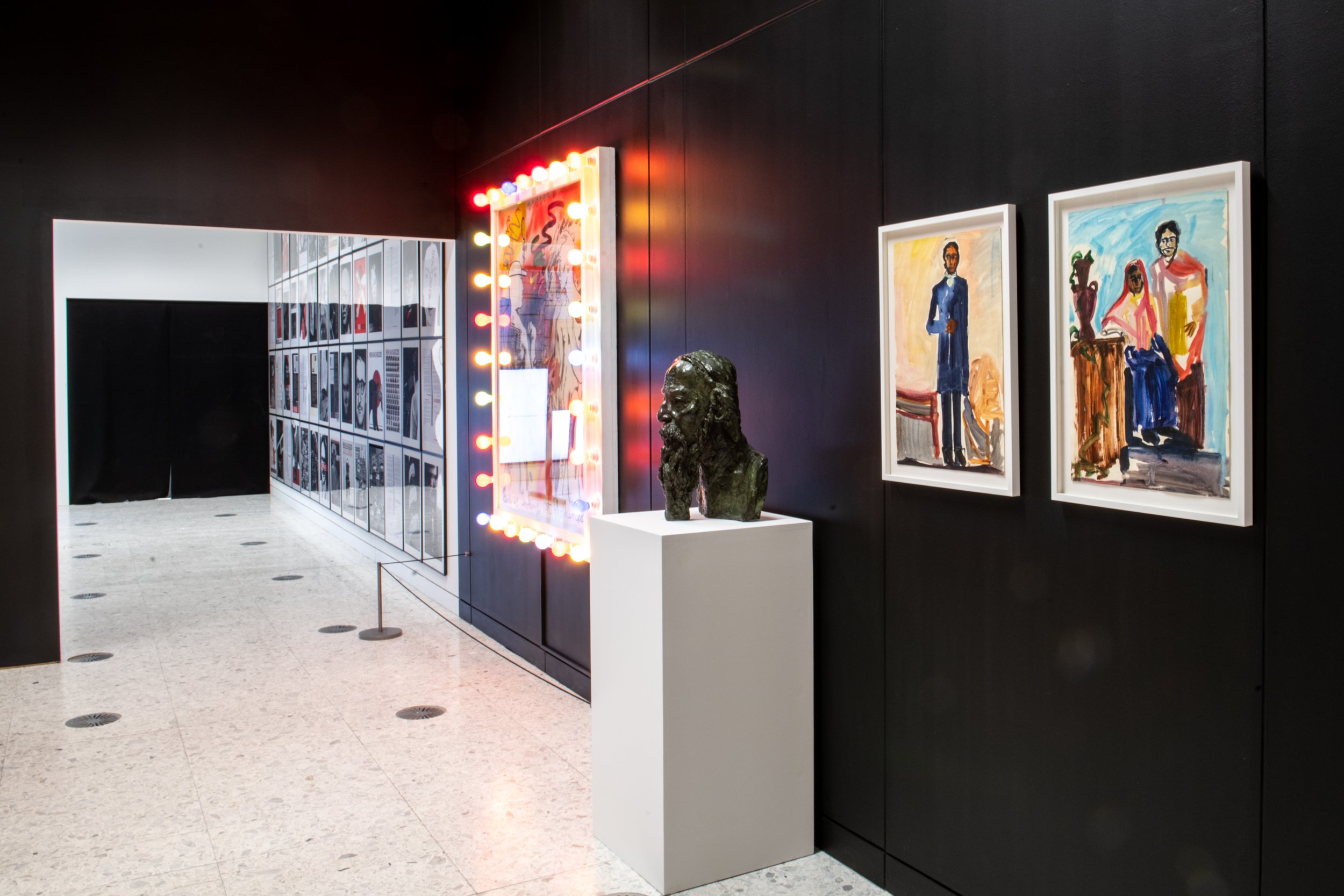
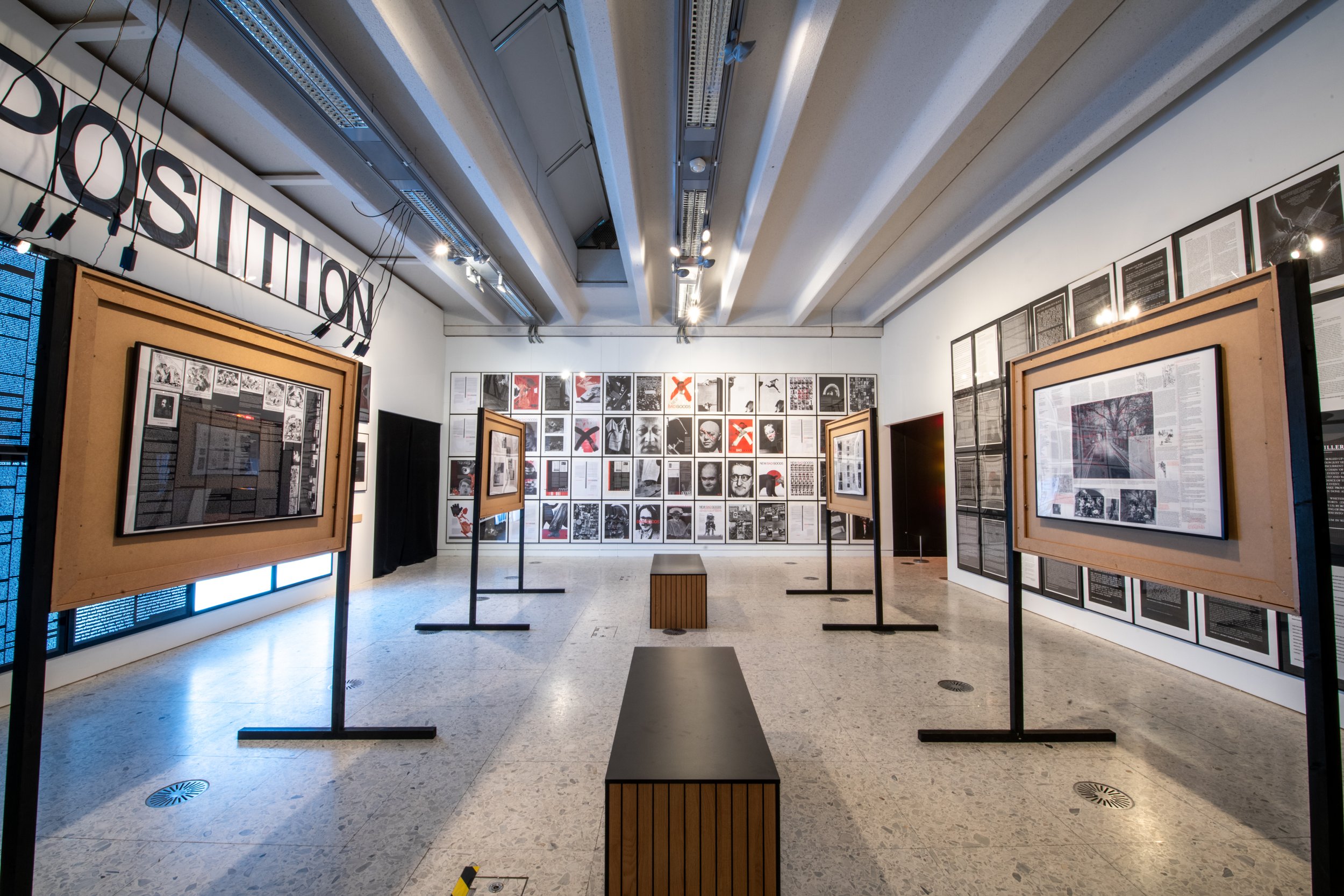
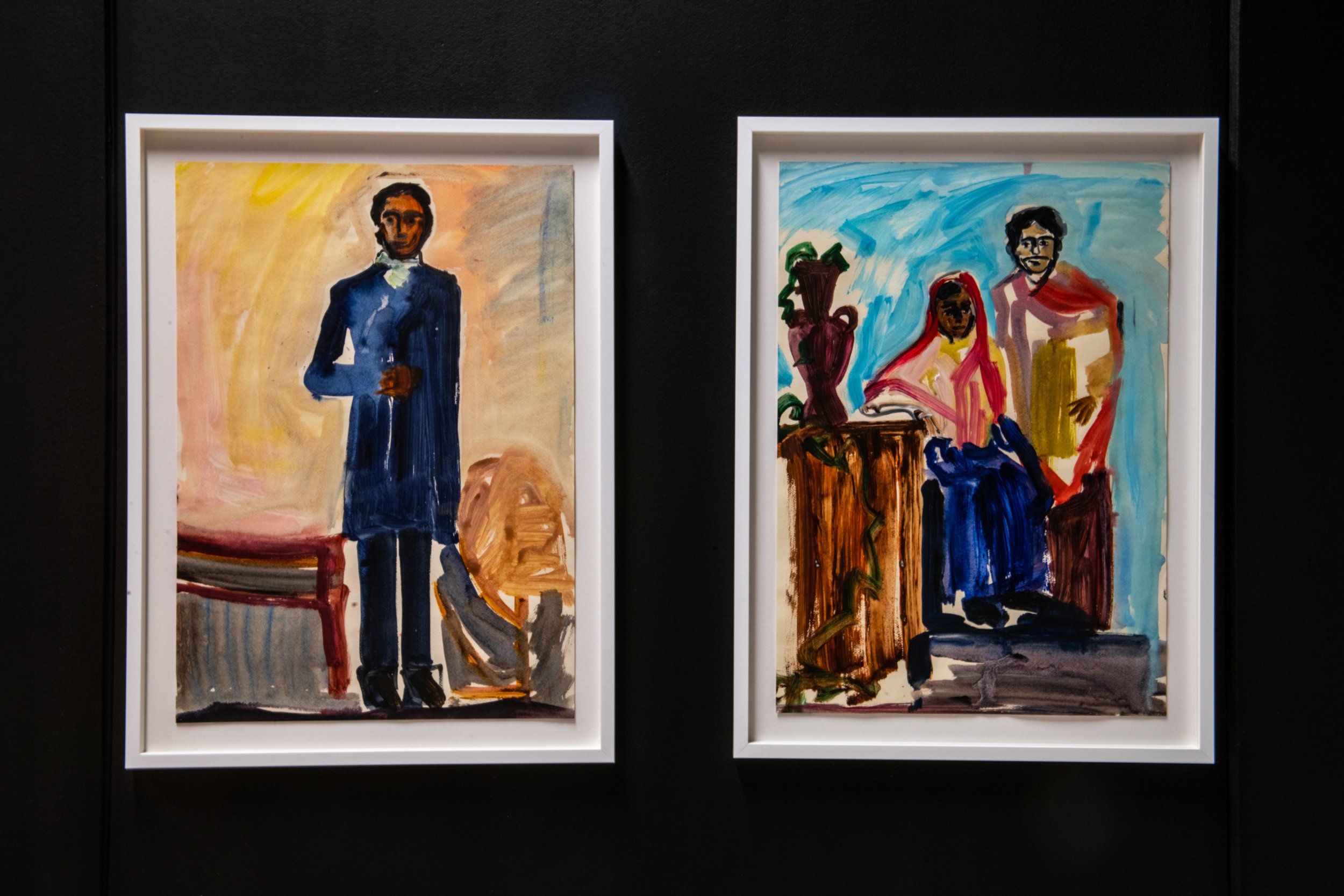


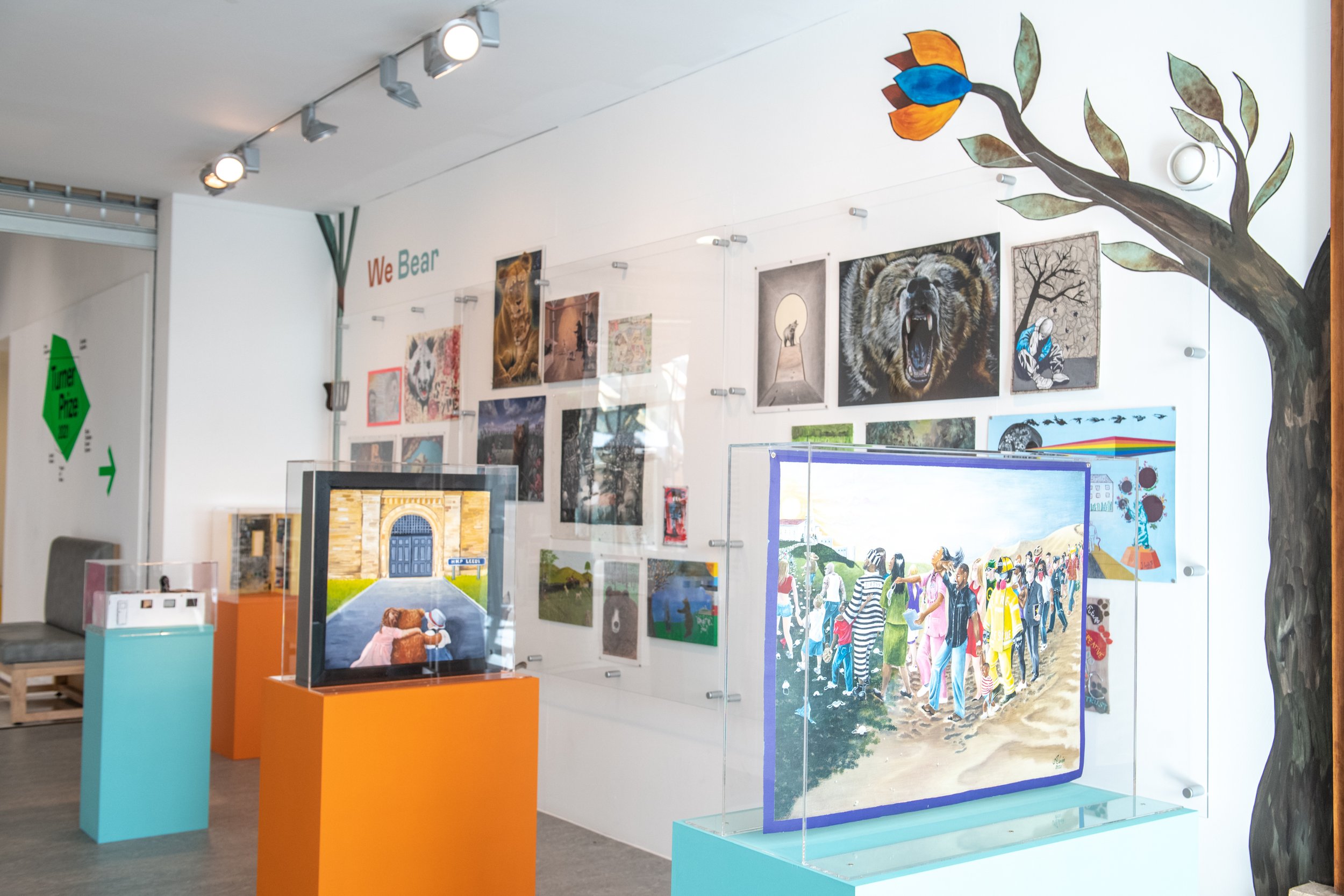
The region-wide HYPER-POSSIBLE featured the following artists:
…kruse, Ayo Akingbade, Art & Language, Terry Atkinson, Leilah Babirye, Sarah Badr, Nuotama Bodomo, Vanley Burke, Kate Carr, Ryan Christopher, Faye Claridge, Ravi Deepres, Jeremy Deller, Department of Energy, Rupi Dhillon, Laura Dicken, Lamin Fofana, Laura Grace Ford, Denzil Forrester, Rosa Francesca, Georgiou & Tolley, Rob Hamp, Russell Haswell, Amelia Hawk and Helen Kilby Nelson, Jeffrey Charles Henry Peacock, Claudette Johnson, AM Kanngieser, KMRU, Matthew Krishanu, Mamba Negra Collective, Mark Fisher and Justin Barton, Rie Nakajima, Grace Ndiritu, Helen Kilby Nelson, Chris Ofili, The Otolith Group, Keith Piper, Ben Rivers, Luke Routledge, Andy Sargent, Janek Schafer, Simon Scott, Sin Wai Kin, sirenscrossing, Alan Van Wijgerden, melissandre varin, Paul Walde, Duncan Whitley, Jana Winderen, John Yeadon
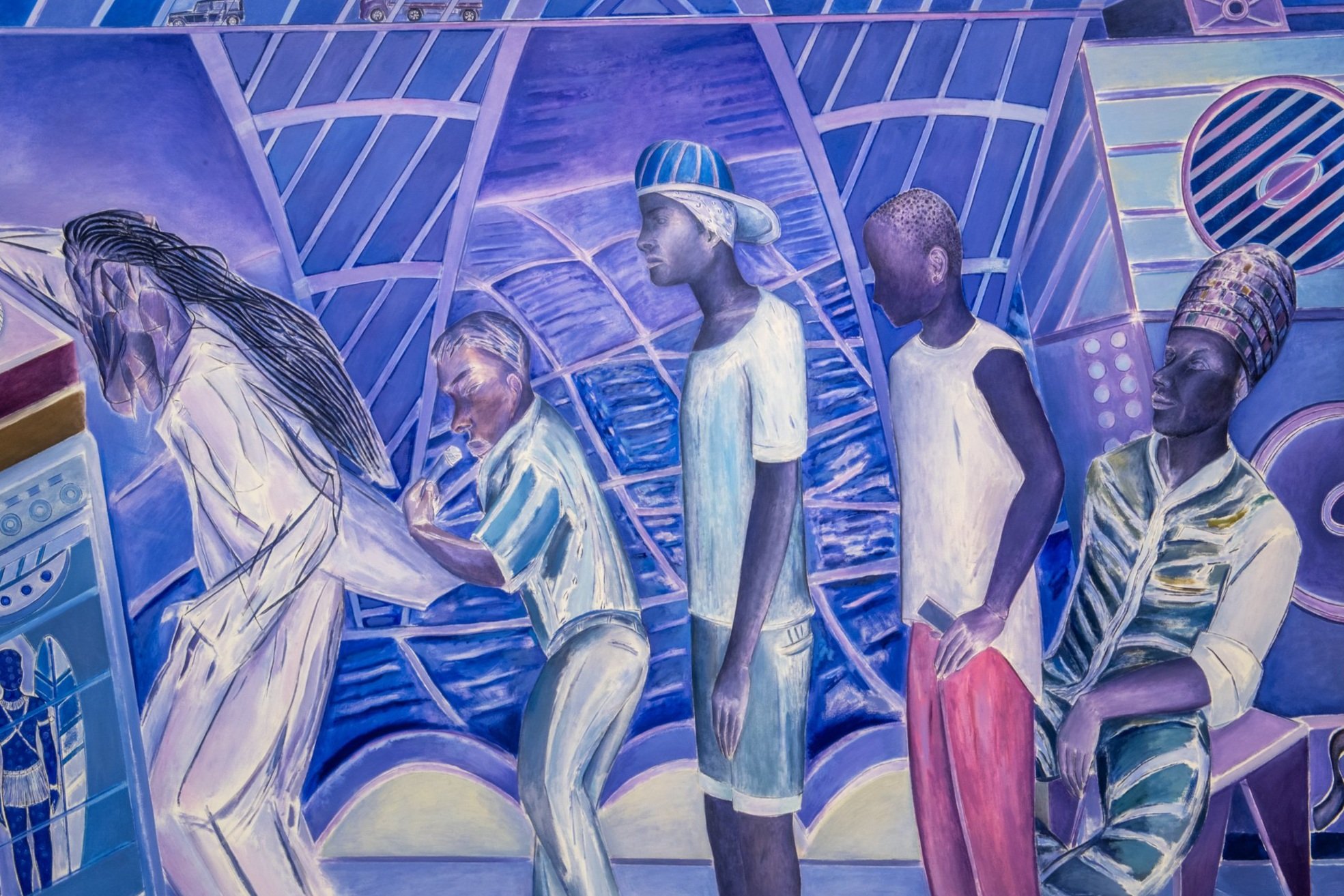
Object Highlights
Art & Language were critical of the art world and what they have described as the ‘bureaucracy’ of earlier art movements, preferring dialogue, collaboration and often dry humour.
The works in HYPER-POSSIBLE explore themes such as collaboration, critique and time-travel, to get to the bottom of some of the problems in the world today. How can artists and communities come together? What is happening with real people in their day-to-day lives as well as within the art world?
Image Credit: Tegen Kimbley
Art & Language - Map of Itself
Art & Language were interested in finding new ways to involve the audience in the process of making artworks. They produced a number of jigsaws in large editions.
Continuing their critical approach towards artistic practice of the time, their jigsaws were often slightly unorthodox and would require high levels of commitment from the participants.
Sarah Badr - Azimuth
Nature obeys rules from which patterns arise, denoting that something is organic in nature, and therefore real.
In a technologically advanced society, what is real and what is fiction are seamlessly blended together, so that there is no clear distinction between where one ends and the other begins. This so called ‘Hyper-reality’ has connotations of a dystopian future, one in which we crave reality, but in the attempt to achieve it, we fabricate a false version and consume that as real instead. And in that, there might be beauty.
Azimuth is its own pure simulacrum: the real is no longer what it used to be. This work is installed in the medieval Undercroft, below the ground floor of the Herbert where the digital surfaces on screen resonate with the layers of history and geology in the surrounding space.
Laura Dicken - Routes
This newly commissioned artwork was made in collaboration with members of Coventry’s migrant and diaspora communities who responded to a public open call this summer.
Image Credit: Tegen Kimbley
These moving image portraits were developed with artist Laura Dicken online from participants’ homes. Laura has spent the pandemic shielding for personal reasons and this is the first time she has made portraits remotely. The work highlights not only the incredible journeys and stories of migration that shape our city but also calls into question ideas of ableism and access.
John Yeadon - Modern Art, Disco Drawing
This drawing attempts to capture the energy and highlight the value of gay clubs in the 1980s. Gay clubs were (and continue to be) crucial spaces of education, exchange and expression for the LGBTQ+ community.
John made the work at a time of institutional neglect and homophobia, when the AIDS epidemic was beginning to spread around the globe.
The experimental use of glitter, fluorescent paint, car spray paint and flashing coloured light bulbs add to the feeling of the viewer being in a disco.
Grace Ndiritu - Black Beauty: For A Shamanic Cinema
In this newly commissioned film installation by Grace Ndiritu, fictional African fashion model Alexandra Cartier meets Argentine modernist writer Jorge Luis Borges in a visionary hallucination.
Through this artwork we discover what the famous writer, philosopher and poet might have to say about the impacts of the contemporary ecological crisis and the problems raised by the Covid-19 pandemic.
The artwork also questions the environmental sustainability of global travel and the fashion, film and advertising industries, as well as, by extension, the international art biennial circuit.
Duncan Whitley - Phoenix City 2021
Phoenix City 2021 (Reprise) is an adaptation of Phoenix City 2021, reconfigured from the 24-minute gallery work.
Phoenix City 2021 is a sound and moving image work, combining speculative fiction and observational documentary to examine Coventry during its time as UK City of Culture 2021.
The work takes as its starting point Coventry’s relationship to the image of the phoenix. This stems from Donald Gibson and Basil Spence’s use of the mythical bird as a symbol to represent their respective town-planning and cathedral proposals for Coventry realised in the 1950s and 1960s. The contemporary appropriation of this metaphor for a city reborn from the ashes continues today as the city seeks to reposition itself as a cultural destination.
Architectural models, experimental time-lapse images, and archival footage of the iconic ‘90s dance club The Eclipse collide in an experimental audiovisual form. Various elements of the work have been co-created with other artists, creatives and community groups including Belgrade based composer and electronic musician Abul Mogard, the Jaguar Land Rover Brass Band and Leamington Spa Bach Choir.
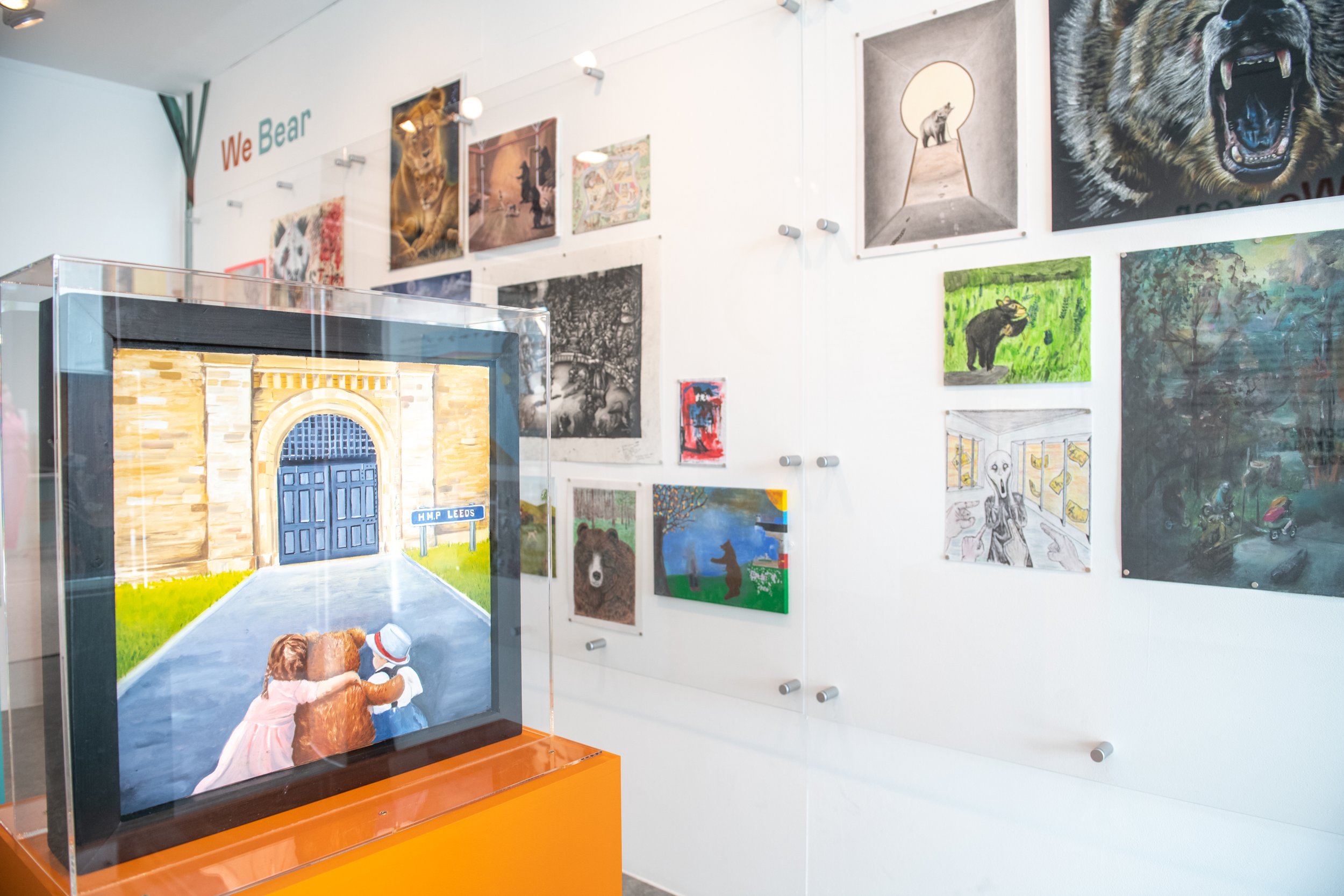
Faye Claridge: We Bear
Faye Claridge worked remotely with people in prisons in the US and UK, asking them to create new artworks inspired by themes around the Warwickshire symbol of the chained bear. She paired two folk art paintings from the two countries, showing different treatment of the captive bears.
Man Feeding A Bear An Ear of Corn, 1840, watercolour, ink and pencil, artist unknown, American Folk Art Museum, New York (US)
This year, Coventry Biennial have commissioned Faye Claridge to co-create a project working remotely with people in prisons in the UK and US. ‘We Bear’ asks participants to create new artworks inspired by themes around the Warwickshire symbol of the chained bear. She paired two folk art paintings from the two countries, showing different treatments of captive bears. These, as metaphors, provided inspiration for participants to explore personal experiences of incarceration throughout the global pandemic.
This painting of Bear Baiting is one of two pictures of chained bears which inspired artist Faye Claridge. Using this work and one from the American Museum of Folk Art in New York and thinking about the chained bear as a symbol of Warwickshire, Faye worked with prisoners in the UK and US to explore issues of incarceration and imprisonment.
As metaphors, these provided inspiration for participants to explore personal experiences of incarceration.
Faye Claridge is an interdisciplinary artist and parish councillor based in rural Warwickshire. She produces contemporary art works in response to historic archives and traditions, believing our current and future identities are shaped by ideas about the past.
Image Credits: Tegen Kimbley
Commissioned by Coventry Biennial. Supported by Prison Creative Arts Project (University of Michigan) and Novus with research support from a-n and University of Warwick.

“The We Bear project was really motivating and exciting for both of us as it acted as something bigger than the restrictions, the prison and even covid. To see his work on a gallery wall... was emotional and one of the proudest moments in my teaching career so far.”
— Art Tutor, HMP Altcourse
The digital exhibition has been curated by Joy Corcec.
Images have been taken by Garry Jones & Tegen Kimbley.



